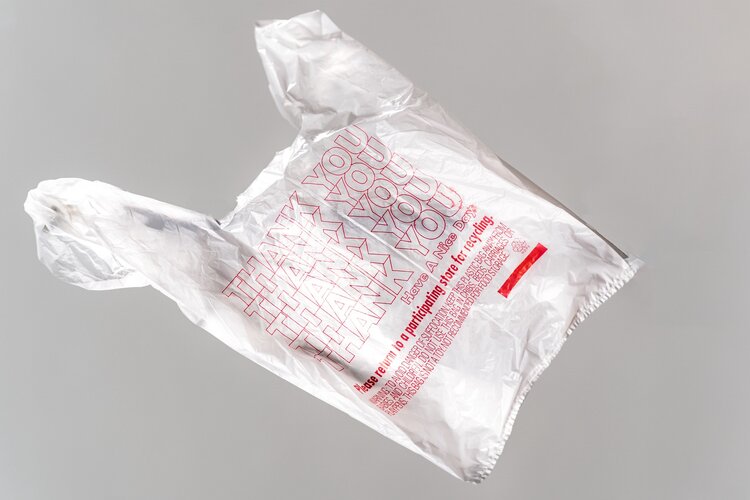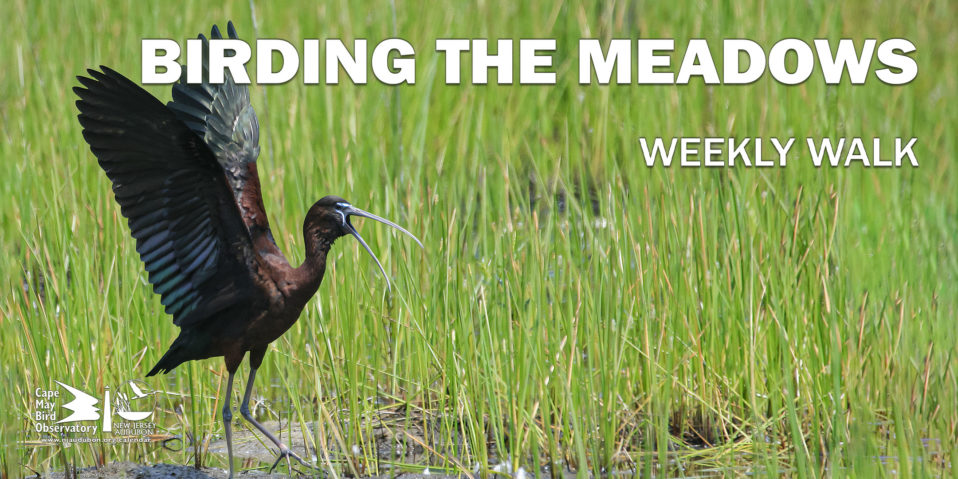So, how did this happen? In short, a strong network of partners and incredible legislative champions.
Back in the summer of 2018, Governor Murphy vetoed a bill that would have instituted a five-cent fee on single-use plastic and paper bags. At the time, factions emerged: those that favored a fee as a start to influence behavioral change and those that favored the stronger approach of a ban. Soon after, Senator Bob Smith introduced a multi-pronged piece of legislation, subsequently dubbed the strongest and most comprehensive in the nation.
Upon reflection, while the campaign was by no means perfect, several strategies worked exceptionally well. Best of all, these strategies ring true for any advocacy issue campaign.

1. Set goals. Be sure to have specific, realistic, and time-bound policy objectives to convey to partners and legislators. In the case with NJ’s plastic’s bill, partners collectively had a goal of stopping plastic pollution at its source, but there were several options for a strategy to get everyone behind. Data portrayed the success of both fees and bans, as well as a hybrid structure of a ban of plastic bags and a fee on paper bags.
2. Gather background information. To effectively advocate, it’s necessary to understand the topic at hand well enough to answer questions from partners, members of the press, and legislators. About five years ago, several environmental organizations were introduced to Trash Free Waters, which was a peer-to-peer learning partnership hosted at the time by EPA Region 2. Through this network, partners connected and grew relationships with expert attorneys, researchers, educators, and advocates from across the region who assisted with our collective efforts. For example, through Jennie Romer, Legal Associate for the Surfrider Foundation’s Plastic Pollution Initiative, partners learned about a significant loophole regarding the thickness of bags. Based on lessons learned in California, partners successfully advocated for a strong definition of a reusable bag.
Reusable bag definition in the 2018-2019 legislative session bill:
“Reusable carryout bag” means a bag made of cloth or other machine washable fabric that has handles, a non-woven polypropylene bag that has handles, or a durable plastic bag that has handles and is at least 2.25 mils thick, and which is specifically designed and manufactured for multiple reuse.
If the above definition was adopted, retailers would be permitted to continue providing free thicker plastic carryout bags and deem them “reusable” and defeating the intent of reducing plastic consumption.
Reusable bag definition in the adopted law:
“Reusable carryout bag” means a carryout bag that: (1) is made of polypropylene, PET nonwoven fabric, nylon, cloth, hemp product, or other machine washable fabric; (2) has stitched handles; and (3) is designed and manufactured for multiple reuse.
3. Build a coalition of partners. ANJEC has been leading the way on plastics policy for several years, working with dozens of municipalities across the state to pass more than 150 local ordinances, while also demanding state-wide action. New Jersey League of Conservation Voters, NJ Audubon, and others have been partnering together for several years, using reliable science and best practices. Each partner brought different skills to the table, from understanding the political landscape to community engagement which culminated together to advance our collective goals. We found that it was critical to possess a diversity of skill sets and perspectives on the team.
4. Identify legislative sponsors and champions. The Senate Environment and Energy Committee, affectionately referred to as the most interesting legislative committee, is chaired by Senator Bob Smith, an environmental stalwart. Senator Smith took the piece of legislation further by adding a ban on paper bags. New Jersey is the first state in the country to enact such a policy. Partners maintained open lines of communication with the Senator and other sponsors of the bill in both the Assembly and the Senate. In doing so, environmental partners were consulted as trusted resources and offered amendments to the bill, including strengthening the definition of a reusable bag. Brainstorm the following:
-
Who will be in favor of this idea that can be enlisted to help lead?
-
Who will be in opposition and what arguments can be messaged to them?
-
Who will be on the fence and how can we address concerns they have?
5. Communicate with elected officials. Several organizations partnered to arrange a State House Day with a goal of meeting with legislators and confirming their support for the plastics bill. Partners also “lined the halls” on voting sessions to distribute education materials with clearly defined message points. The consistency of messaging was particularly important to communicating the purpose and value of the bill clearly and effectively. In particular, the plastics industry insisted that expanded polystyrene foam (ESP) can be recycled. However, our partners successfully illustrated recycling ESP is not cost effective due to contamination issues and the material’s light weight. We cited the NYC Department of Sanitation’s determination that dirty, post-consumer, single-service foam food and beverage containers cannot be recycled in a manner that is economically feasible, environmentally effective, and safe for employees.
6. Determine if there are make or break issues. Advocates for the comprehensive plastics bill sought to learn about concerns other stakeholders had. This strategy provided a way to determine which provisions were “make or break” and paved the road for further discussion.
7. Launch a media campaign. Identify and build a press list of environmental reporters to amplify the issue. Add them to email lists, follow them on Twitter and build lists on Twitter to communicate easily. Begin to build a relationship ahead of a pitch. Personalize a pitch in advance of reaching out to a reporter. Remember, reporters want stories, not just news updates. Have talking points, sources, and data ready during an interview. Use social media to update members and amplify petitions. The Coalition and New Jersey LCV helped create and distribute social media content that had consistent messaging across platforms, as well as eye-catching graphics. With this campaign, along with paid ads to target environmental voters, the group gathered thousands of signatures, and sent an equal number of messages to lawmakers urging action on the bill.

The Coalition for the Delaware River Watershed extends thanks and congratulations to all of our NJ member organizations and partners that worked tirelessly to get this bill across the finish line and signed into law by Governor Murphy! We also thank our legislative champions, particularly Senator Bob Smith, Senator Linda Greenstein, Assemblywoman Nancy Pinkin, and Assemblyman John McKeon for their leadership. To stay engaged in plastics advocacy across the Delaware River Watershed, Coalition for the Delaware River Watershed members can join the Plastics Work group by emailing Sandra Meola.











